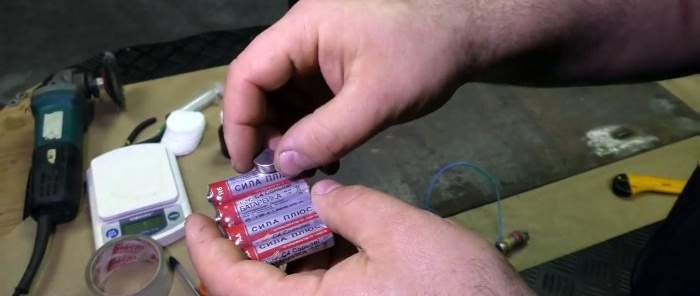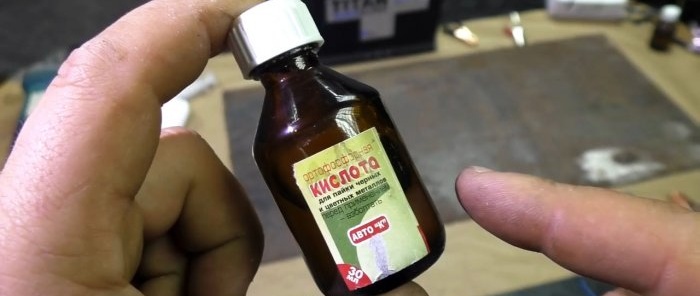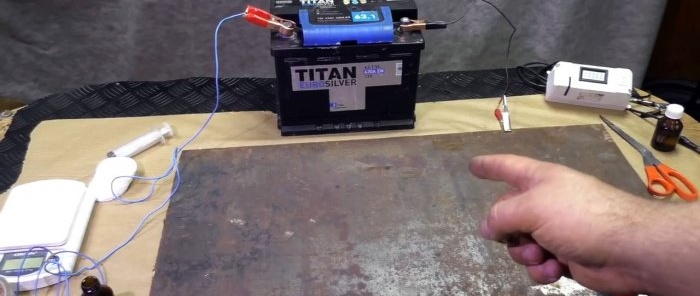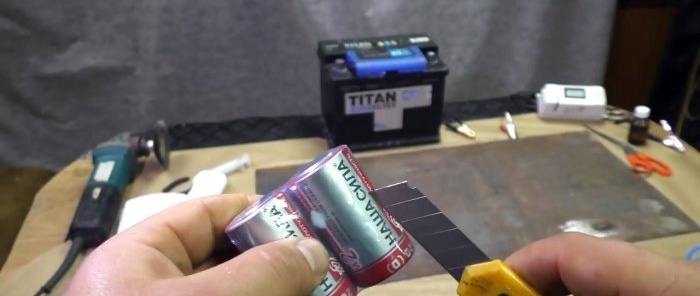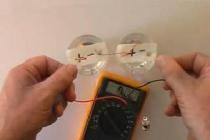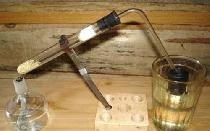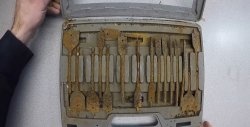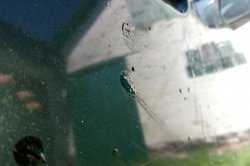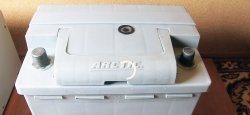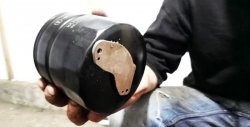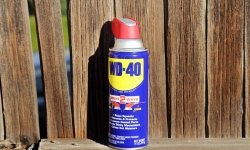You can apply zinc yourself using the galvanic method, but do not forget about safety precautions. When working, you should use a respirator, rubber gloves, safety glasses, and all operations should be carried out outdoors or in a well-ventilated area.
Will need
For galvanic galvanizing of metal we will need quite accessible and inexpensive materials and products:
- zinc (for example, battery housings);
- orthophosphoric acid;
- rusty metal plate;
- 12 V battery;
- thin wire;
- small magnet;
- cotton pads and rubber rings;
- scotch;
- medical syringe.
The tools we will use are: gas torch, scissors, screwdriver, household hair dryer, knife, grinder and ammeter.
Metal galvanizing process
In a garage, it is difficult to completely galvanize a car body, but it is quite possible to protect the sills, fenders, license plate area or remove bugs.The source of zinc can be the casings of salt batteries, zinc anodes, batteries, etc.
How to recognize zinc? Since it is not magnetized, a magnet is not attracted to it. Zinc also melts easily with a gas burner, since its melting point is 419 degrees Celsius.
The galvanizing process is slow. To speed it up, we dissolve pieces of zinc in orthophosphoric acid, which will act as an electrolyte.
To quickly dissolve the zinc in the acid, heat the container with a hair dryer.
Let's get down to the practical side of things. To do this, we use a rusty metal plate. We remove rust from it using a grinder with a wire disc.
We use a large salt battery as the anode, removing the metal cap, the graphite rod and a semi-wet mixture of graphite and manganese oxide, as well as salts as an electrolyte.
At one end of the zinc body we fasten a cotton pad with a rubber band, and at the other end - a wire from the positive terminal of the battery. We connect the negative terminal of the battery to metal.
We seal part of the rust-free area of the metal plate with tape to create a clear boundary between the galvanized area and the part not covered with a layer of zinc.
In order not to overload the battery during galvanizing, we connect an ammeter with a scale of up to 100 A. If you don’t have a thin wire, you can get by with a thick one by cutting a light bulb into it.
We fill a syringe with orthophosphoric acid with dissolved zinc and soak a cotton pad.
First, we galvanize a section of the plate that is not cleared of rust, which initially flows at a current strength of about 15 A, and then drops to 2-3 A.
Even rusty metal is covered with a layer of zinc, which is actually visible.But the presence of rust worsens the galvanizing process, but with some diligence you can achieve good results.
We again saturate the cotton pad with electrolyte and proceed to galvanizing the clean area of the plate. It can be seen that the process begins at a current strength lower than in the previous case, and then proceeds at the same 2-3 A. Even externally it is clear that the quality of galvanizing for pure metal is higher than for rust.
To compare the degree of galvanization, remove the tape and make sure there is a clear line between the galvanized and untreated surface. There may be a suspicion that the difference is due only to the action of the acid, and not the battery.
Let's establish the truth. To do this, disconnect the battery from the battery. We soak a cotton pad with electrolyte and process the cleaned metal. We see that nothing is happening. Reconnect the wire and apply voltage to the battery. We start running it over the metal and immediately see that the galvanizing process has begun. After some time, the boundary between the two parts of the metal disappears.
If the coating is dark, i.e., brittle and porous, it means either we moved the anode slowly, or there is too much current, or there is no electrolyte on the cotton wool.
After applying zinc, thoroughly rinse the galvanizing area with water to remove the electrolyte. We also degrease the surface before painting. This will extend the life of the part or body.

